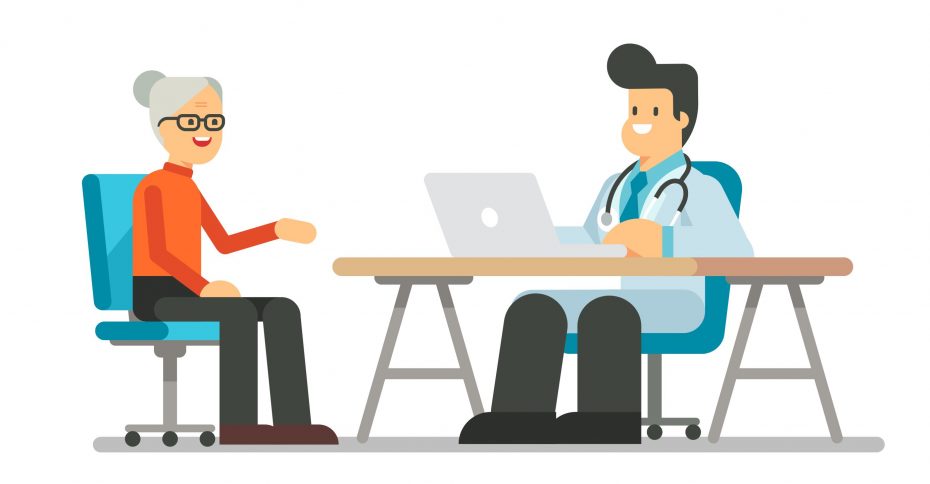By Susan Spear
From the Fall 2018 Journal of the Colorado Dental Association
According to the Population Reference Bureau (PBR), the data from the U.S. Census Bureau shows that there are 76.4 million baby boomers living in the U.S. Baby boomers in general are defined as individuals born in 1946-1964. Their youngest age is 54 years old. The oldest age is 72 years. The life expectancy is increasing with people living longer who are still an active part of our dental care families.
| Generation Name | Births Start | Births End | Youngest Age Today* | Oldest Age Today* |
| The Lost Generation/Generation of 1914 | 1890 | 1915 | 103 | 128 |
| The Interbellum Generation | 1901 | 1913 | 105 | 117 |
| The Greatest Generation | 1910 | 1924 | 94 | 108 |
| The Silent Generation | 1925 | 1945 | 73 | 93 |
| Baby Boomer Generation | 1946 | 1964 | 54 | 72 |
| Generation X (Baby Bust) | 1965 | 1979 | 39 | 53 |
| Xennials | 1975 | 1985 | 33 | 43 |
| Generation Y/Millennials/Gen Next | 1980 | 1994 | 24 | 38 |
| iGen/Gen Z | 1995 | 2012 | 6 | 23 |
| Gen Alpha | 2013 | 2025 | 1 | 5 |
careerplanner.com/career-articles/generations.cfm
Dentistry is a multi-generation healthcare specialty. This means that the needs of each generation are different. They are different not only in the type of care we provide, but in the way we communicate with each generation.
In my work experience with dentists, I have the honor of working with many different age groups. I must be very aware of the different ways my clients receive and acquire information and how important it is to adjust to how I communicate with them. Advertising and marketing tactics have changed when approaching the younger generations of our world. But in turn, the tactics may also be pushing out generations of patients who cannot, or will not, conform to the new online social media trends and use of technology devices.
As an example, technology marketing focuses on letting dentists know that they are behind or out of date with the way they gather patient information. Did they know there was an “app” for that? Does your office use a smart phone or a tablet to collect data? Baby Boomers and the Silent Generation population didn’t grow up with computers. Sure, as they got older they were introduced to computers maybe through their jobs and finally moving to home computers, but many only use this technology when they must or if they have someone else managing the digital world for them. This doesn’t mean they are no longer intelligent or capable. A large portion of these generations simply “choose” not to conform. The Baby Boomer generation is the wealthiest generation currently living. Many have retired early and live conservatively making sure they have enough money to take care of themselves for a lifetime. They are still very independent and living longer because they are healthier than the generations before them. Their restorative dentistry is changing too with many Baby Boomers now in need of updated restorative dentistry.
Recently, I was at a radiology imaging center. There were many baby boomers present. The staff were amazingly inviting. Whoever took the incoming patient would either come to patients with the lap top and sign them in (those having difficulty walking) or bring patients to their desk where they asked if the patient wanted to fill out paper forms or use their computer sign-in device. Some chose the paper forms, some chose the tablet, but no one felt uncomfortable. There were many younger people there as well, but each staff member who interacted with each individual handled the communication with sensitivity, levity and respect.
The generation gap is real. If you are thinking of upgrading your technology, great! But also remember that technology does not replace the human experience and isn’t always the best form of communication. Don’t leave out patients who have real restorative needs and who also bring value to your practice. Here are four simple thoughts to improve your communication:
- Consider more than one option for the patient registration process. Online forms and digital tablets are efficient, but maybe handwritten forms can be used and scanned. At the very least, assistance with completing the tablet form can be a positive gesture.
- Use more than one method of confirming appointments. Emails and texts work for some, but maybe reconsider the phone call and personal contact method. It may mean only a few calls, but it could mean retaining some quality patients. Always ask patients what they prefer and follow through.
- Don’t assume patients older than you are incapable or incompetent because they don’t embrace your technology. Likewise, many of these patients may be wizards with the technology and as capable as anyone in your office. Listen to what works best for them.
- Practice basic kindness and respect for all ages. Treat others as you would want to be treated. I think that may be the Golden Rule!
Susan Spear is the founder and president of SAS Transitions, Inc., Dental Practice Brokers. Contact her at sastransitions.com, 303-973-2147 or susan@sastransitions.com.


